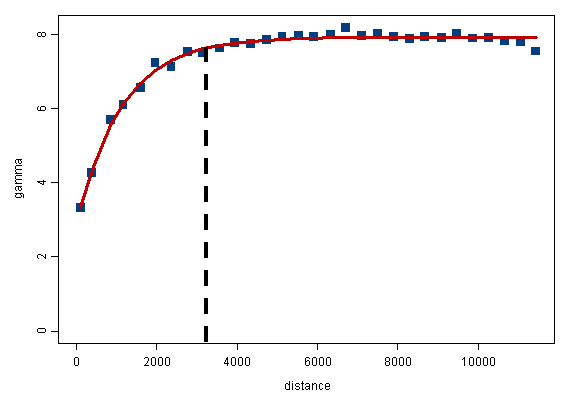The selection of vertical bin size is generally a trade-off among:
known or observed biologically relevant strata;
known or observed environmentally relevant strata (e.g., thermal, optical)
anticipated analysis structure, and;
maintaining a minimum number of targets in each analysis bin.
Definition of bins based on biologically relevant strata, environmentally relevant strata, and analysis structure all aim to isolate specific groups, acoustic structures, or conditions for analysis. However, prior consideration should be given to the resultant data output. Typical post-processing programs output a single line of data for each analytic bin unless a database format is used.
Note that the equation that relates Sv, σbs and fish density only holds for a random distribution of fish within the beam. With only a few fish targets, deviations from a random distribution are likely. Therefore, the error in Sv and therefore fish density in an analysis bin increases when the numbers of targets is small. The standard deviation of the estimate of mean Sv when 10 similar size targets are observed within the half power beam width is 9% of the mean. Because of non-linear effects of fish size on TS, the effect may be larger when TS distributions are wide. More work is needed on the size of the sampling unit when using in situ TS to scale echo integration values.
Horizontal bin size must take into consideration the objectives of the survey and future analysis. If classical statistical analysis will be performed, the horizontal bin can be a whole transect without loss in precision. If a geostatistical approach will be used, the horizontal bin size must be less than ½ the range of a variogram model of the data (Fig. 29, Rivoirard et al. 2000). If density distribution is the survey objective, horizontal bins must capture the spatial structure of the underlying backscatter.
To use a variogram to determine horizontal bin size:
- export data in a fine horizontal bin, such as 50 m;
- generate an empirical variogram model based on this data;
- fit to this a theoretical variogram model;
- determine the range (for spherical) or effective range (for exponential) for the theoretical model, and;
- select a bin size that is no more than ½ of this range.
The lower limit of horizontal bin size should be governed by:
data processing power and needs;
avoidance of the variogram “nugget zone” where observed spatial patterns may be related to measurement error or random error in the data, and;
maintaining a desired number of targets in each analytic bin.

Figure 29. Empirical data (squares) and theoretical variogram model (smoothed line) showing effective range of 3300 m. In this example, a horizontal bin size of 250 m was selected. 500 to 1000 would also be appropriate.
In maintaining a number of targets per bin, a tradeoff is required with vertical bin size. Fine vertical bins may require larger horizontal bins.
Different horizontal and vertical bin sizes are used in Great Lakes surveys (Table 10). The values presented below represent numbers typically used in surveys.
Table 10. Typical horizontal and vertical bins for Great Lakes surveys
Lake |
Horizontal bin |
Vertical bin |
Ping rates |
Lake Ontario |
2000 m |
2 m |
1 ping s-1 |
Lake Erie |
800 m |
epi, meta, hypolimnion |
0.5 ping s-1 |
Lake Michigan |
1000 m |
10 m |
0.25 to 1 ping s-1 |
Lake Huron |
1000 m |
10 m |
0.25 to 1 ping s-1 |
Lake Superior |
Under review |
Under review |
0.25 to 1 ping s-1 |
Lake Champlain |
Under review |
Under review |
Under consideration |